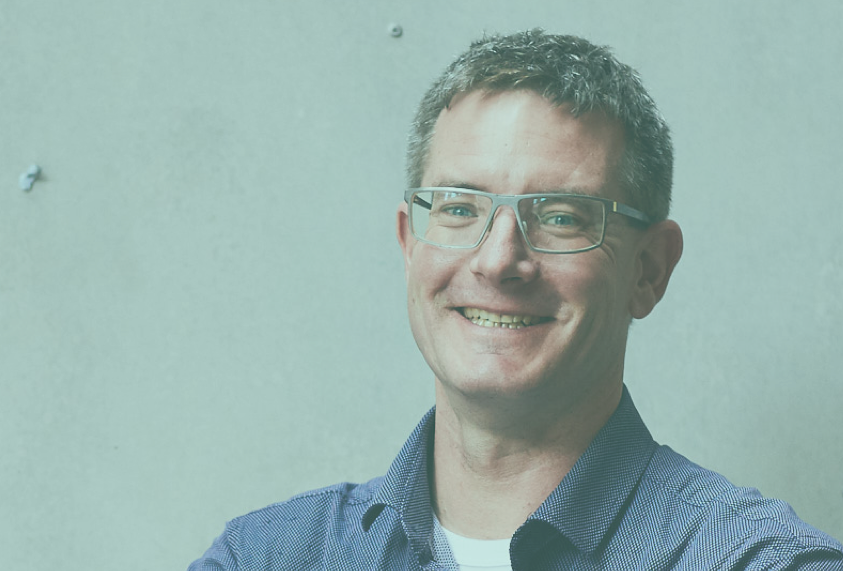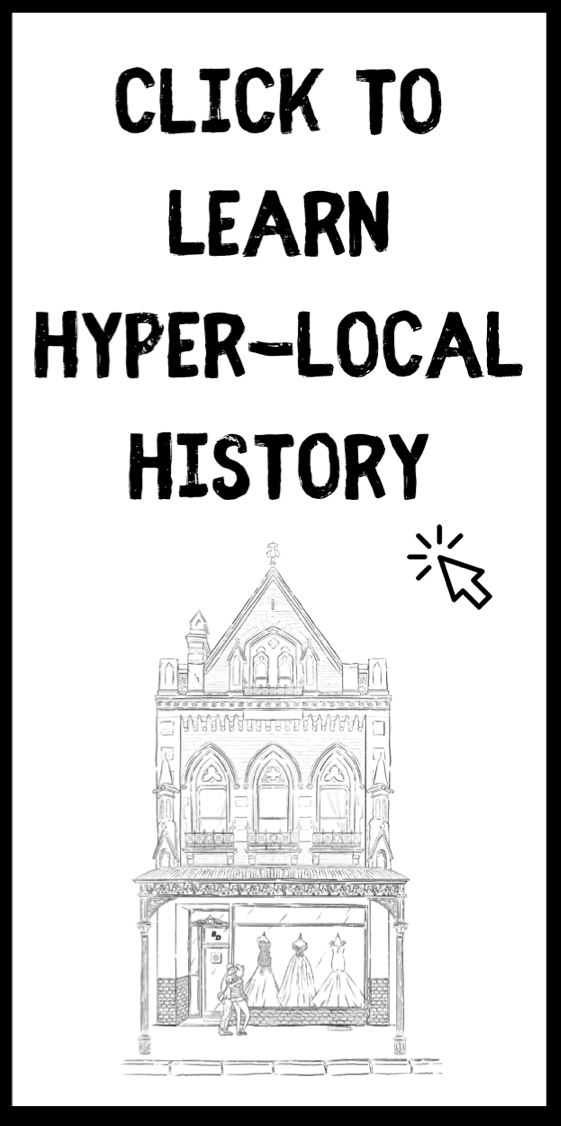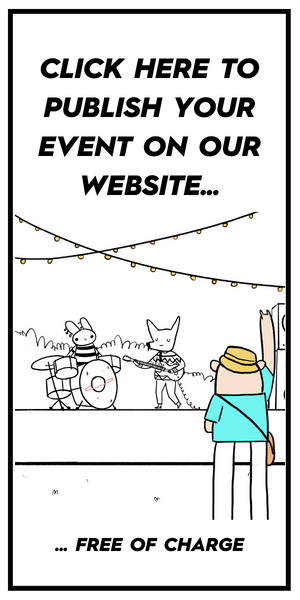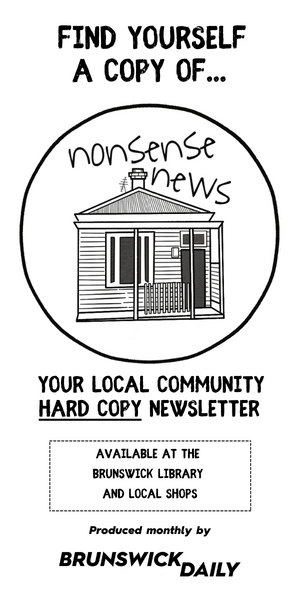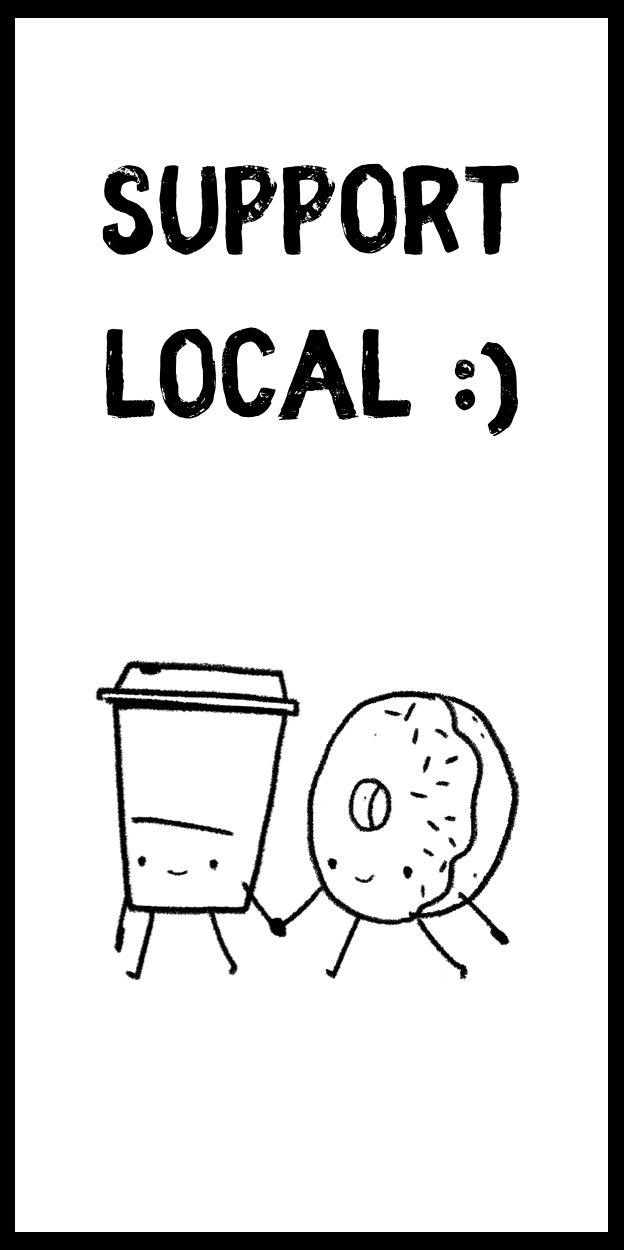Tom Bentley is the Executive Director for Policy and Impact and a Vice-Chancellor’s Innovation Professor at RMIT University in Melbourne. He’s also a supportive netball dad to his daughters and a resident of Brunswick East.
On day one of Melbourne’s circuit breaker lockdown, we caught up over Zoom to discuss Tom’s work with people and institutions to renew education, economic, and community life. He explained why he chose to call Brunswick home and what tangible outcomes his work entails in our community.
Tom’s background is in education, community, and economic development, and after marrying an Australian, he moved to Brunswick with his family 15 years ago. For Tom, originally from the East End of London, he found that Brunswick, known to be a creative and cultural hub for the mix of spaces, activities, and people, resonated with the mixed urban communities he grew up around. Tom saw community life created in the East End in places like Mile End and Bethnal Green that was very grounded but involved high levels of social interactions and everyday exchanges.
Photo by Jason Reekie.
He draws comparisons between his childhood neighbourhood and Brunswick, especially when considering the array of people from different life experiences and cultures. Local industries that form their own unique culture and history in our suburb include fashion and textile design. These industries have become a cultural focus that gives people job opportunities and is a part of a shared local culture. Tom believes this is a powerful feature of Brunswick’s community and identity that links up with the creativity of the place.
Photo by Jason Reekie.
Something that appeals to Tom and many people is the idea of a community where people are looking to create a good life with others. “What I love about the experience of Brunswick is the scale and mix of creative design practices, small businesses, and different practitioners that you can find here”, Tom tells me. “My record shelves were made by John Beckwith, the gentleman furniture maker, whose studio is in Albert Street, Brunswick West, and one of the local record stores I come back to is Round and Round on Sydney Road”.
Looking around his locality, Tom recognised how many shared goods and shared spaces existed, the different kinds of common infrastructure, and the connections that hold them together. He understood that being a part of that exploration and exchange in local life on a physical level is part of shaping the community. This is where the Brunswick Design District and a shared partnership idea came about.
A photo from the recent forum held for the Brunswick Design District.
The Brunswick Design District (BDD for short) was formed through a partnership between RMIT University, Moreland City Council and Creative Victoria to create a distinct design and creative district in the heart of Brunswick. The purpose of the BDD? To connect and strengthen our local creative community, many of whom have been doing it tough over the past 18 months, and encourage new enterprises to set up and grow. These initiatives are taking places inside RMIT’s Brunswick campus, at the Brunswick Mechanic Institute on the corner of Glenlyon and Sydney Road, and in several other spaces around Brunswick. If you’re interested in finding out more, the BDD’s upcoming community forum is called ’ ‘BDD – A Place To Connect’ and will be held on July 8th at RMIT’s Brunswick campus.
I wanted to know what Tom thought our council should keep an eye on to maintain and attract residents and businesses, especially as the pandemic continues to take its toll on our community at large. He reflected that accessible good quality education is fundamentally crucial for making the place liveable and keeping it an inclusive community that can be self-renewing.
“The multi-ethnic networks of knowledge, the local businesses and enterprises, the shared spaces and the kind of distributed groups of practitioners and experts that you can find in the local economy come to matter so much for the way education works,” said Tom.
The experience of the pandemic in our suburb is bringing about a more socially aware and egalitarian minded community and encouraging people to reconsider the roles we each play in our neighbourhood. These are the connections that hold our community together.
This interview was written on the traditional lands of the Wurundjeri people, whose sovereignty was never ceded. I pay my respects to Aboriginal elders, both past and present, and acknowledge the tradition of storytelling that has continued on the continent known as Australia for more than 60 000 years.

